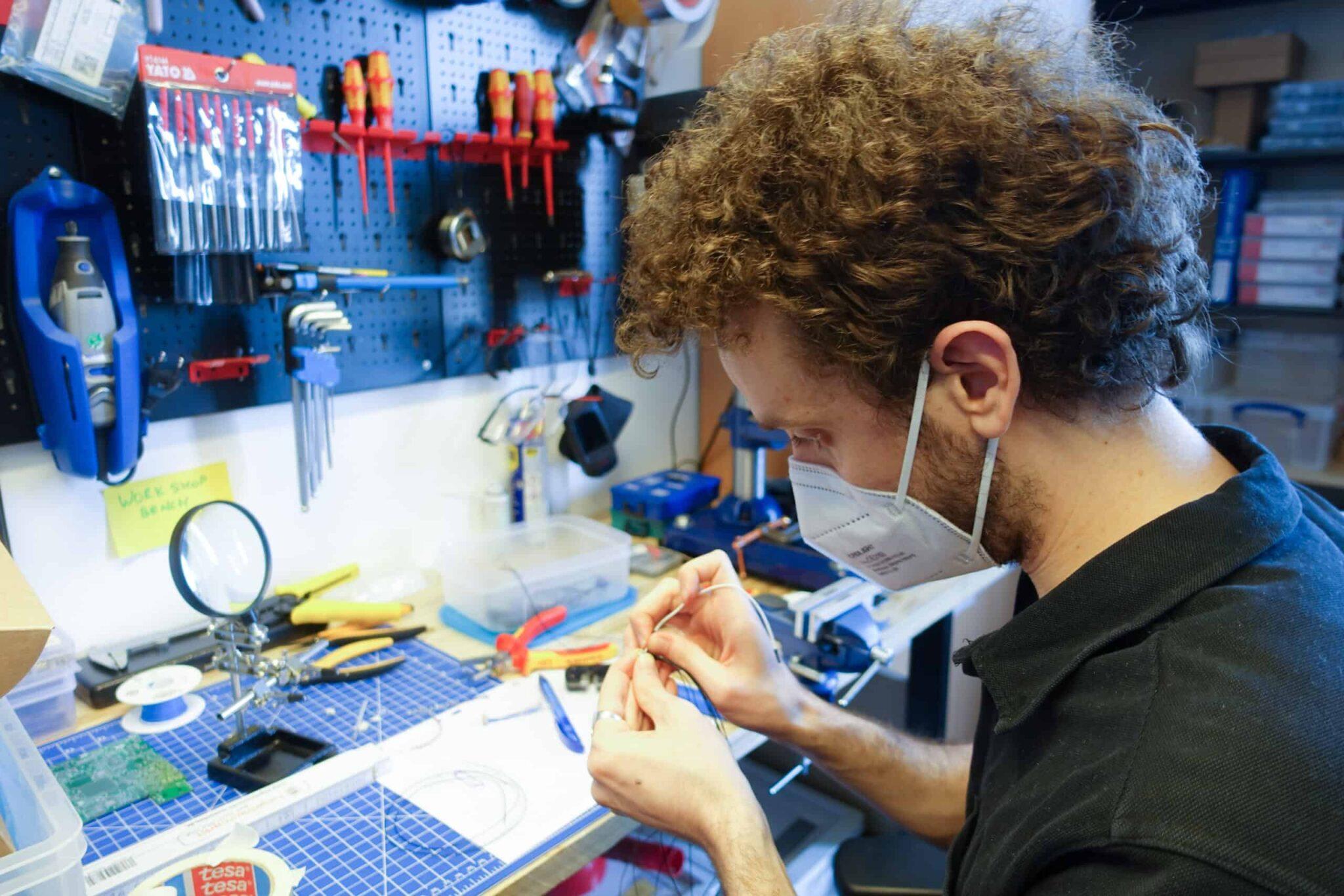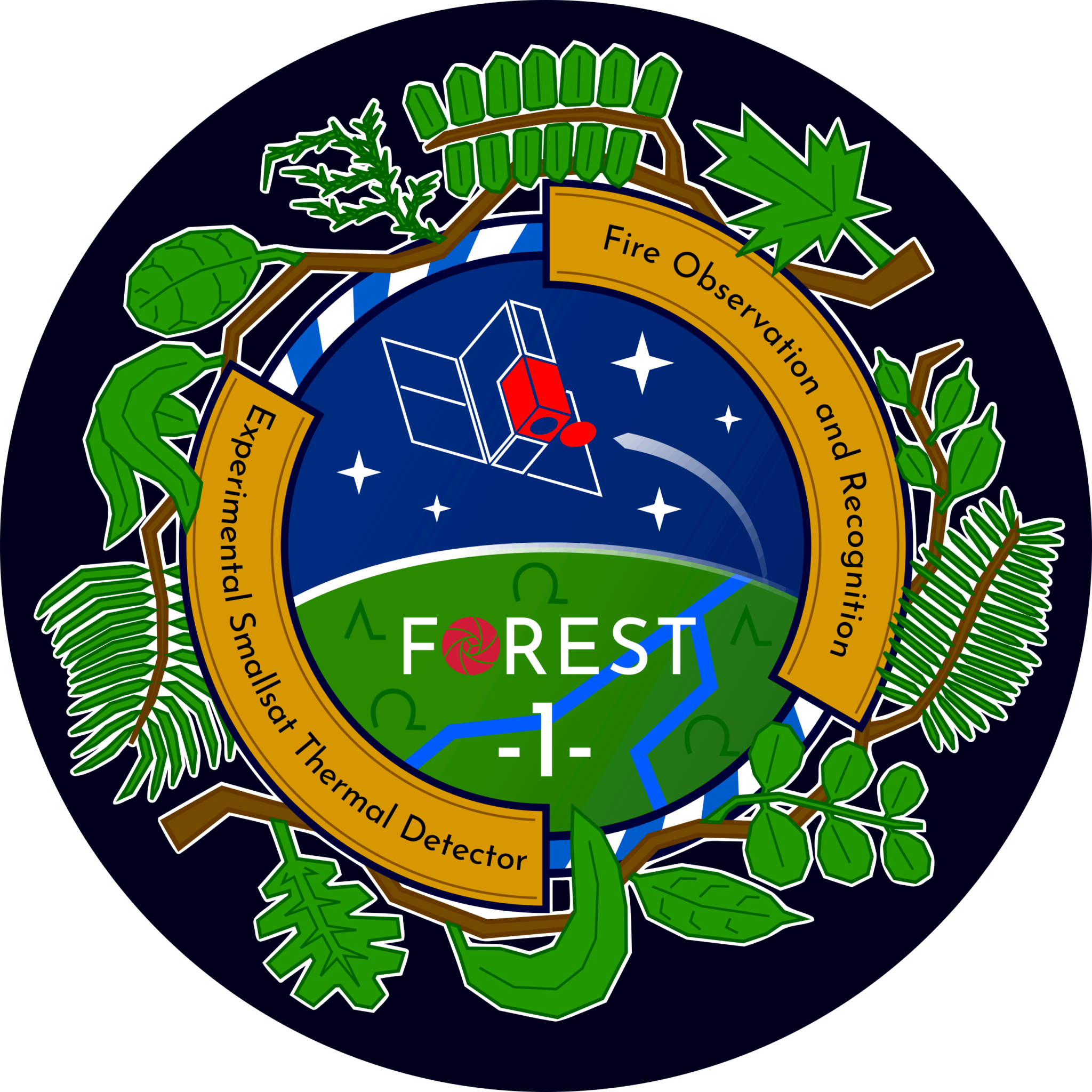The FOREST Series: How To Build A Satellite
An Idea Becomes a Reality
One of the many things that sets OroraTech apart from other satellite-based wildfire monitoring providers is our know-how on space-technology. Many of our team members worked together in the MOVE-II project at the Technical University of Munich on the research and development of CubeSats. Three years ago, we started with the idea of launching our own satellites and proving that wildfire monitoring from space is the future.

One year ago, our team drew up the final mission plan on how we were going to make our first satellite come to life. The idea was to build a new generation hyperspectral thermal camera that is attached to a powerful processing unit. This combination enables our wildfire monitoring system to get faster and more accurate data. We designed the structure and model of the satellite with a 3D printer, who doesn’t love playing with those, to make sure all of the parts would fit and by Christmas, there was a structured plan on how all of this was going to come together and become FOREST.
"...the time wildfires are burning most intensely."
FOREST stands for Forest Observation and Recognition Experimental Smallsat Thermal Detector (say that five times fast!). This is the first satellite of our planned constellation to go into low-earth orbit that will help fill in the current gaps in thermal-infrared data for the afternoon - the time wildfires are burning most intensely.

Our team had everything put together and planned, but we did not have the customary mission patch for our satellite. Like everyone working from home during a global pandemic, we decided to have a virtual holiday party and have a mission patch drawing competition. The winner would be the official seal for the mission.
Preparing for Liftoff
The winter in Munich was rough to get through. Germany was still in lock down and we had a very long winter season, and we were ready for some good news. After long discussions and positive feedback, we teamed up with Spire to launch our first payload into space at the end of 2021. This was a major milestone for our development team, and we were excited to see it all come together. We had a short timeline to get through all of the tests, making sure FOREST survives the rocket launch and later on space, before the final integration in Glasgow.

After the long and well deserved holiday break, we got back to work and started with the Thermal Vacuum, or TVAC, testing to see if the payload was able to withstand the conditions in space. A TVAC test simulates some of the conditions in outer space, primarily the vacuum and cooled/heated temperatures from -75°C to +100°C. The tests finished with positive results and we learned a lot about making the system more robust with only small improvements of the structure and electronics.
Follow the FOREST series to find out all about the final integration in our Munich office and the exciting road ahead!